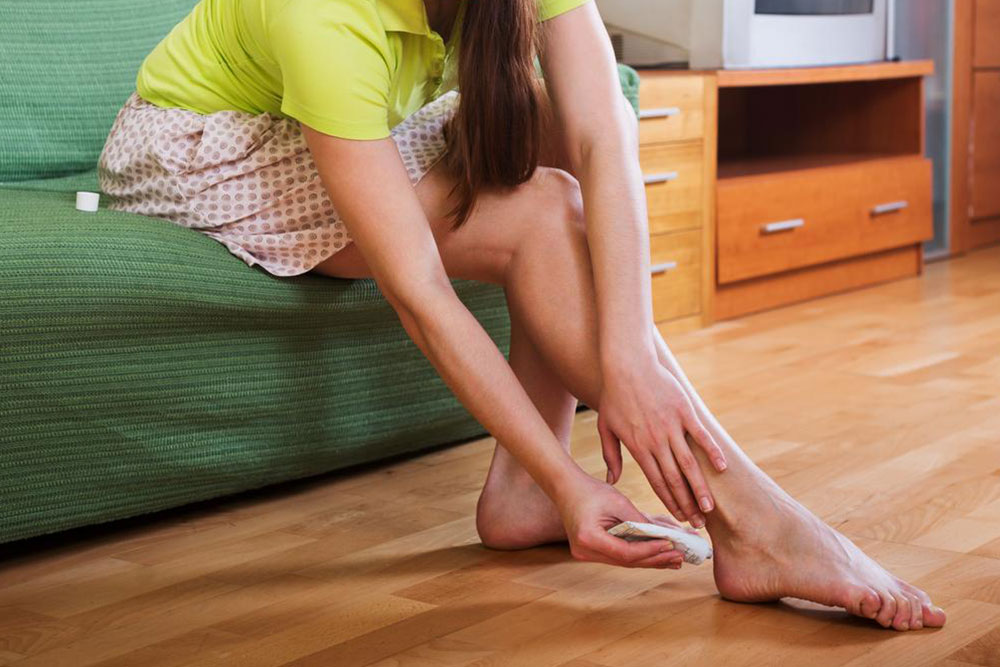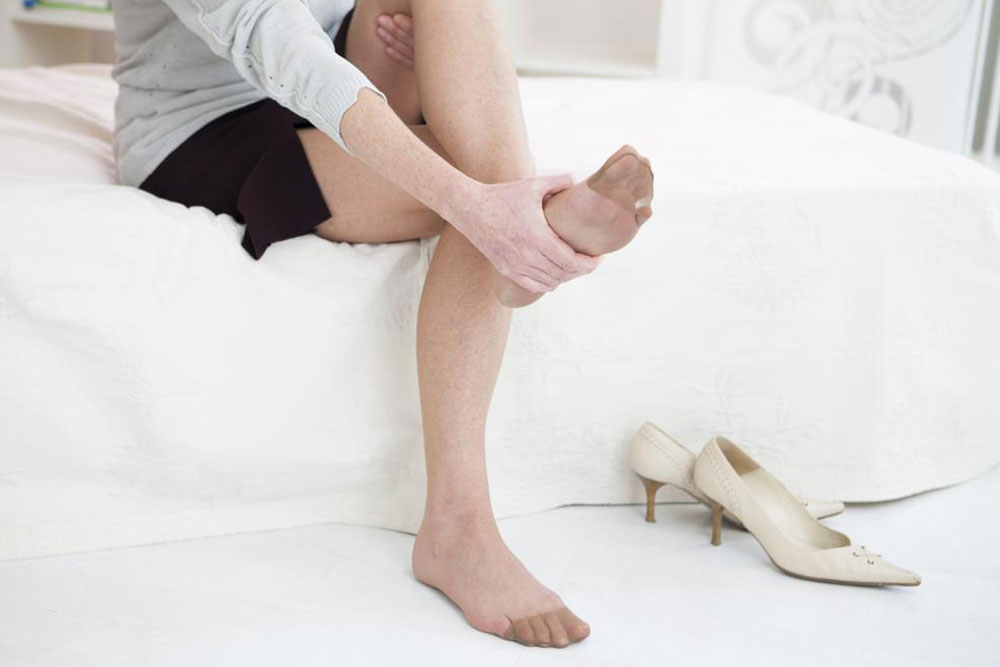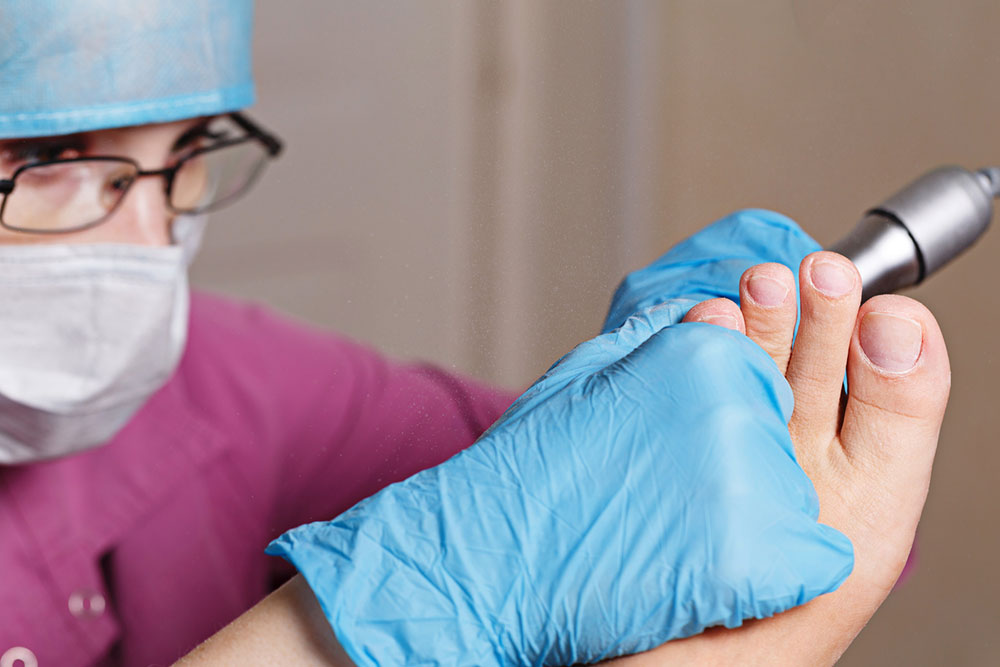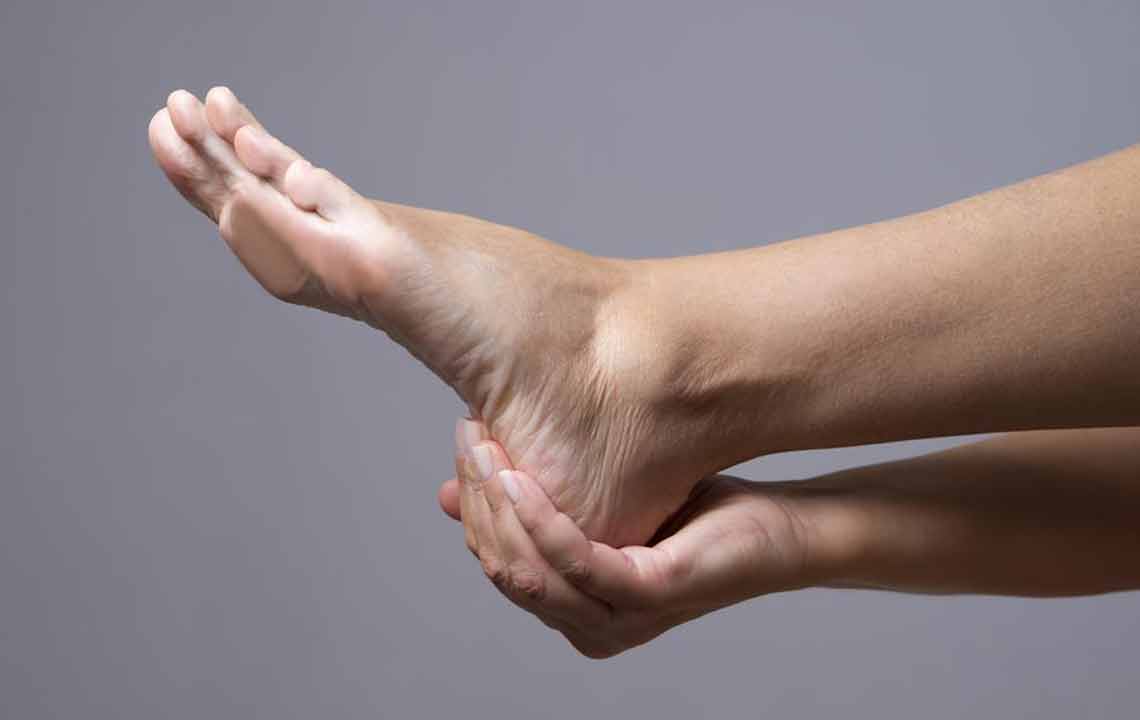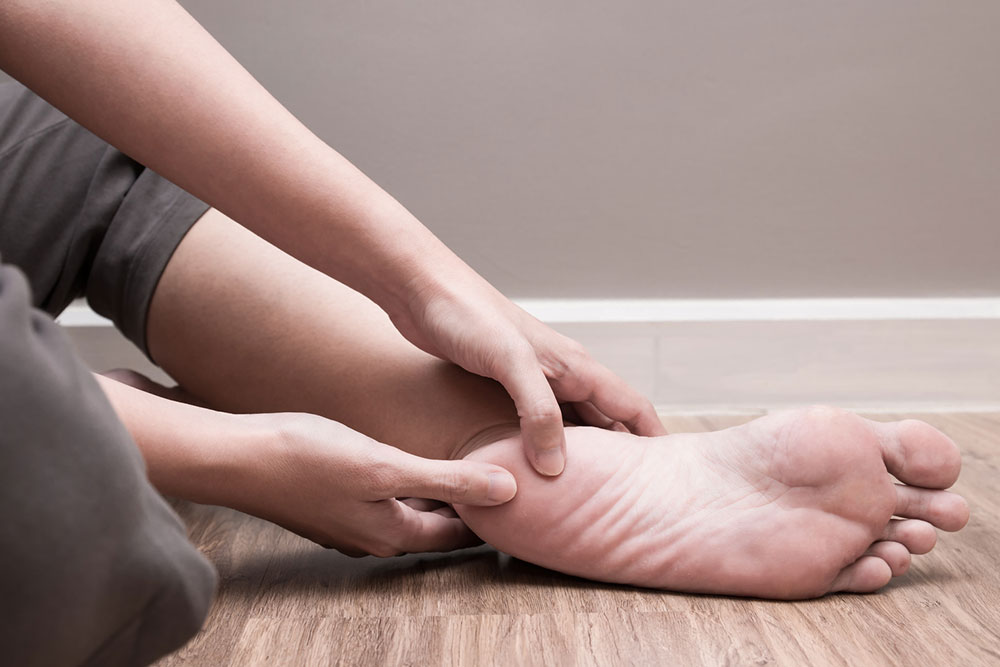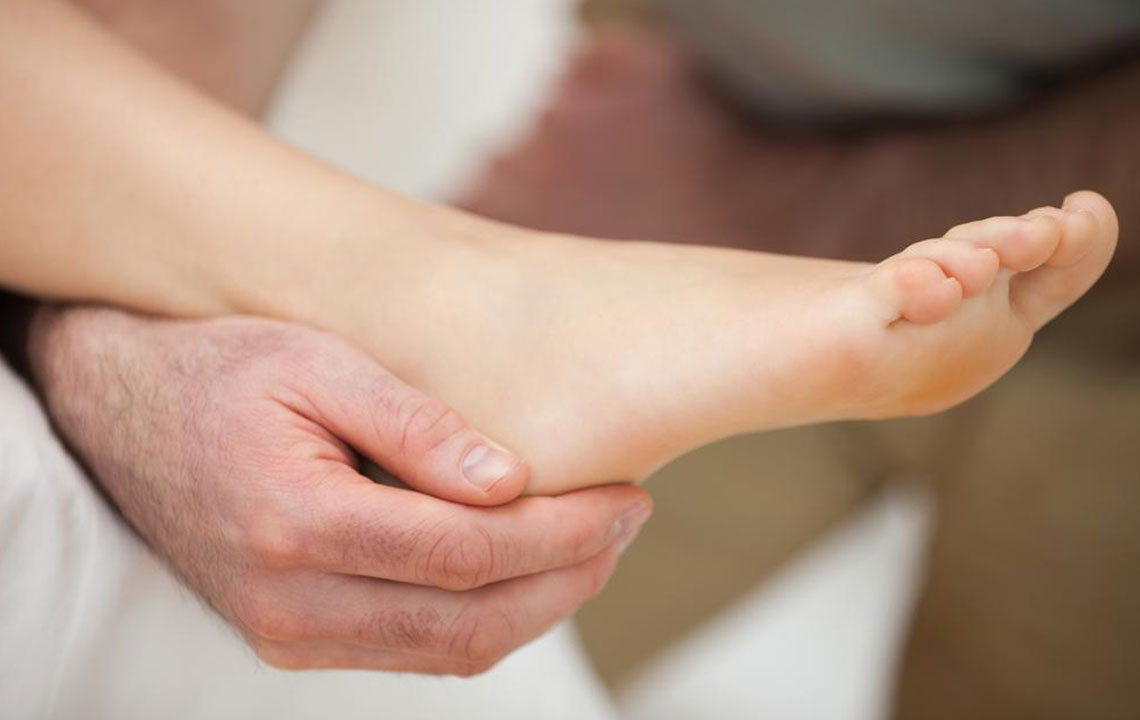Comprehensive Home Remedies for Foot Corns and Calluses: A Guide to Safe Treatments
This comprehensive guide explores effective home remedies and preventive measures for foot corns and calluses. It emphasizes understanding their causes, differentiation, and safe treatments, including medicated options and natural remedies like aspirin and bread wraps. Proper foot care, footwear choices, and when to seek medical advice are crucial. Whether dealing with mild cases or persistent discomfort, this article offers valuable insights into managing and preventing these common skin conditions, ensuring healthier feet and enhanced comfort in daily life.
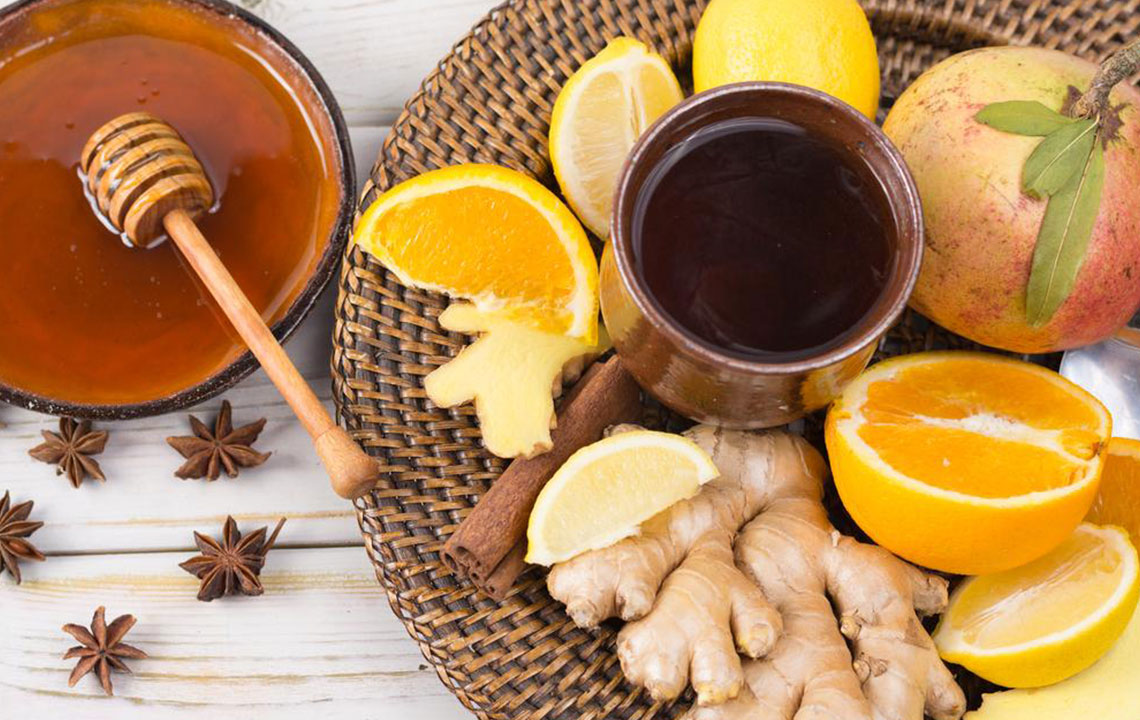
Comprehensive Home Remedies for Foot Corns and Calluses: A Guide to Safe Treatments
Foot corns and calluses are prevalent dermatological issues that commonly cause discomfort and pain, especially among individuals who spend prolonged periods on their feet or wear inappropriate footwear. These skin conditions develop as a natural response of the body to repetitive pressure, friction, or irritation, resulting in local thickening of the skin. Though often regarded as minor issues, they can significantly affect daily activities and overall foot health if untreated.
Medically, corns and calluses are classified under hyperkeratosis, which refers to the excessive keratinization of the skin. Understanding their differences, causes, and effective treatment options—including home remedies—is essential for managing these conditions safely and efficiently at home.
Understanding Corns and Calluses
Corns are typically small, well-defined, and tend to form over bony prominences such as the toes or the tops of the feet. They often have a conical or circular shape and may appear translucent or whitish when soft. Calluses, by contrast, develop broader, flatter, and rougher patches of thickened skin, predominantly on the soles, heels, or areas subjected to continuous friction.
Corns: Usually localized over bony areas such as the dorsal aspect of toes, especially over the bunions or between toes. Soft corns can develop between toes due to prolonged friction, appearing whitish and softer to the touch.
Calluses: Usually found on the weight-bearing areas of the feet, including the ball of the foot, heel, and along the edges of the toes. They tend to be tougher and cover larger surface areas.
Causes Behind Corn Formation
The primary reason for corns and calluses is the body's natural defense mechanism. When the skin experiences repeated irritation or pressure, it responds by thickening the outermost layer—stratum corneum—to protect underlying tissues. While this process is protective, it can become problematic when the thickening causes discomfort or impairs mobility.
Key factors contributing to the development of corns and calluses include:
Structural foot deformities: Conditions like bunions or hammertoes which create bony prominences leading to localized pressure.
Ill-fitting footwear: Shoes that are too tight, too loose, or have high heels exert excessive pressure on specific areas.
Altered gait or movement patterns: Changes in walking style or imbalance can increase stress on certain parts of the feet.
Repeated friction from activity or tools: Activities like playing musical instruments, sports, or manual labor can lead to callus formation.
Age-related skin changes: Older adults tend to have thinner skin and reduced ability to withstand friction, making them more susceptible to corns and calluses.
Preventive Strategies for Corns and Calluses
Prevention is always better than cure, especially for foot-related skin issues. Effective prevention entails minimizing repetitive friction and pressure on vulnerable areas. Here are some essential tips:
Wear Properly Fitting Shoes: Choose footwear that provides adequate space and support, avoiding tight or high-heeled shoes that increase pressure.
Use Protective Padding: Applying insoles, cushioned pads, or foam protectors can reduce localized pressure and friction.
Maintain Foot Hygiene: Regular cleaning and moisturizing keep the skin healthy and less prone to excessive thickening.
Manage Structural Abnormalities: Seek medical advice for deformities that may predispose to corns or calluses.
Limit Friction from Activities: Use gloves, appropriate footwear, or ergonomic tools to minimize repetitive skin irritation.
Medical and At-Home Treatments for Corns and Calluses
Most cases of corns and calluses can be effectively managed at home with proper remedies, but persistent or painful conditions should be evaluated by healthcare professionals.
Over-the-Counter Medication Options
Several medicated products are available that can help soften and remove hardened skin safely:
Salicylic Acid Products: Gels, patches, or pads that dissolve keratin proteins in thickened skin, leading to gradual removal. They often cause the skin to whiten and peel away.
Urea-based Creams: These moisturize and soften thickened skin, making removal easier.
Application tips include soaking the affected area in warm water before applying these products, as softened skin increases effectiveness. Avoid overuse to prevent skin irritation. Always follow product instructions and consult a healthcare provider if uncertain.
Manual Removal and Precautions
While some may attempt to cut or shave off corns or calluses, this practice carries risks of infection or injury. It’s safest to seek professional medical advice for persistent or painful cases, especially if you notice signs of infection or bleeding.
Natural Home Remedies
In addition to commercial products, several home remedies are popular for easing corns and calluses, often utilizing natural ingredients with keratolytic properties.
Aspirin Paste
Crush 5-6 aspirins into a fine powder.
Mix with an equal amount of apple cider vinegar and water to create a paste.
Apply the paste directly to the affected area and cover with a bandage.
Let it sit for about 10 minutes, then gently exfoliate with a pumice stone or emery board.
Bread Wrap Technique
Take a stale slice of bread and dip it into apple cider vinegar.
Apply the soaked bread onto the corns or calluses and secure with adhesive tape.
Cover with plastic wrap and wear cotton socks overnight to facilitate softening.
These remedies are popular for their simplicity and natural ingredients, but they should be used with caution. If discomfort persists or worsens, seeking professional medical advice is essential.
Understanding that corns and calluses are generally benign but can cause significant discomfort leads to the importance of proper management and prevention strategies. With the right care at home and timely medical consultation, most individuals can effectively control these skin conditions without invasive procedures.
